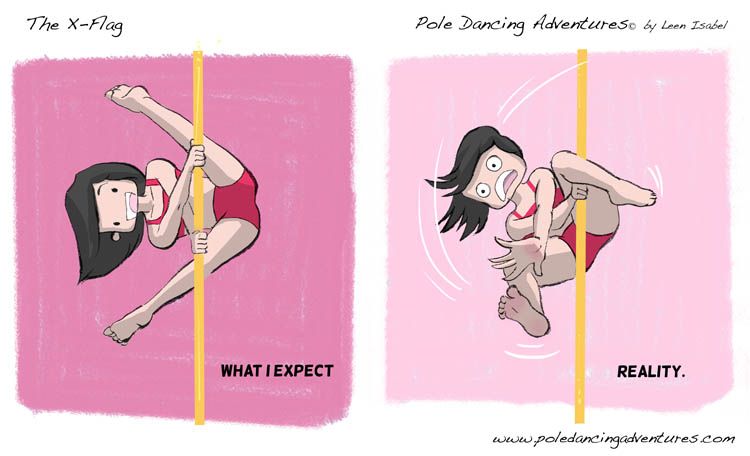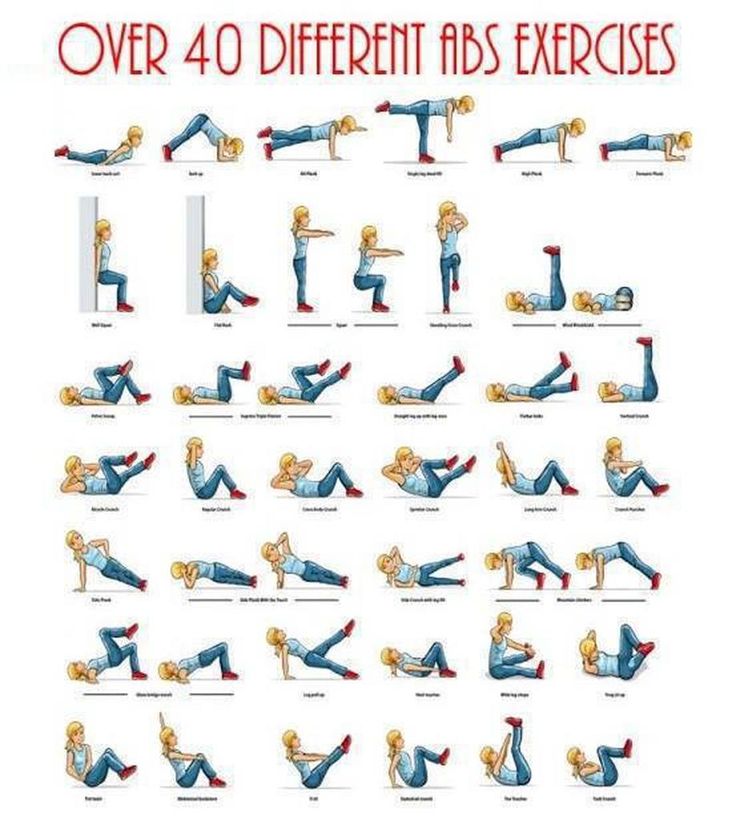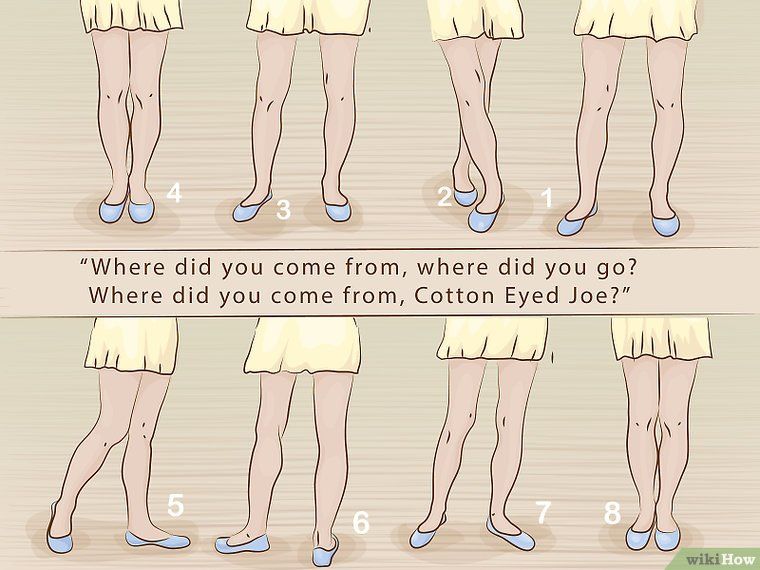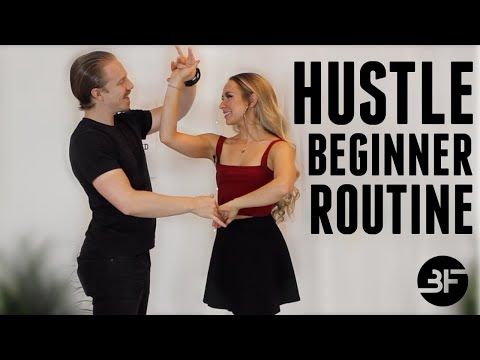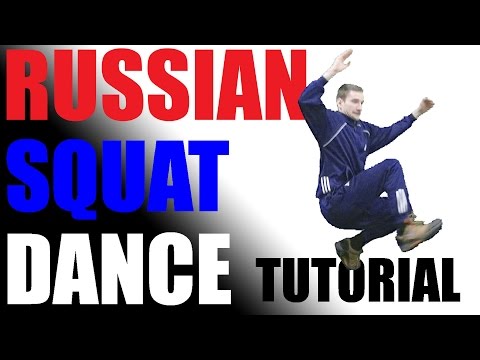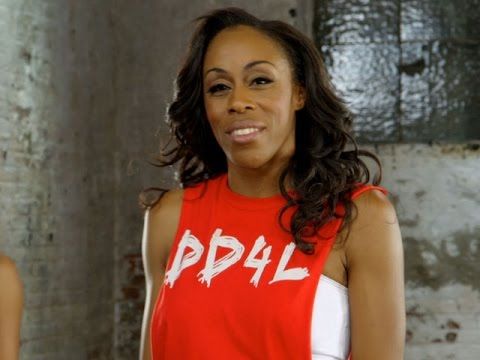How to twirl while dancing
Super spinning tips and how to turn better in dance -
Lots of teachers (and other advanced dancers) get annoyed by non-teachers trying to teach people how to dance. I’m not going to do this, because if you want to dance well and improve it’s about getting good basic dance lessons, and practice.
But so many people struggle to spin and haven’t ever been taught. Here are the tips I was given via different teachers through the years. Tips from 13 years of ballet classes and 2.5 years of salsa where we were taught turning and spinning drills from a Guinness world record holder for spinning.
Hopefully some of these spinning tips will help you in both turning and spinning better as you dance.
1. Know the difference between a spin and a turn
A turn is stepping as you rotate, in modern jive that’s usually via a ‘return’ or travelling return. A spin should be on one foot and can be a free spin or aided by the leader.
2. Learn to spot
If you get dizzy when spinning, learning to spot is essential. It’s all about practice so that you’ll do it automatically. Essentially you’re leaving your eyes looking at one spot in front of you as your body turns, then when you can’t leave your head behind anymore, you whip your head around so your eyes are looking back at your spot again as the rest of your body follows. You can start slowly and build it up. This video is a simple beginner technique for starting out.
There’re plenty of YouTube tutorials and guidance on how to spot while spinning, and it does help reduce dizziness especially during multiple splns. I find spinning is easier than continuous turning in one direction because spotting is easier when you’re preparing to spin in one place.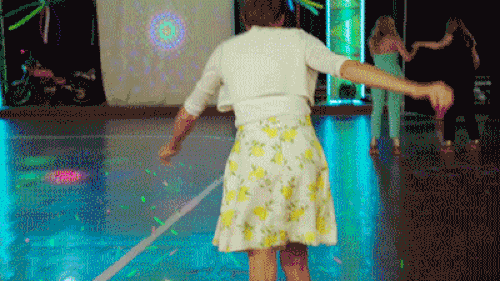
3. Spin and turn on one foot
To spin you need as small an area as possible on the floor. Using two feet will act as a brake and make you unable to turn.
4. Turn on the ball of your foot
I’m naughty at this because I do get lazy and tend to relax into my heel when I turn, but you should be turning on the ball of your foot. Your heel needs to only be slightly off the floor. But having your weight over the front of your foot will keep your body in the right place for turning without wobbling off in a different direction.
5. Don’t lift your spare foot up
When spinning, sometimes you see people lift their spare foot in the air (usually, bending at the knee, I presume it’s a natural reflex or they want to keep the spare foot out of the way). This will make you wobble and can also catch your partner or anyone else dancing closely. When doing a basic spin, you want to keep your spare foot next to your anchored foot, just above the floor. This keeps your body centred over your legs and should help keep you upright. It’s much hard spinning with one leg raised.
It’s much hard spinning with one leg raised.
6. Think down into the ground, not up in the air
Lots of dancers lift up when trying to spin. This could be because they’ve done ballet in the past which is about pirouetting on your toes in a releve position. But it’s more likely that we often turn under the leader’s and our raised hand, so the body tends to follow upwards as well.
Yes, you need to straighten out your body and think open rather than tight and leaning over, but if you keep your knees slightly bent and think about drilling into the floor, you’ll be more balanced and grounded. It will certainly suit a more grounded dance than one like ballet which is much lighter and in the air. You’ll also move less when you’re spinning.
It’s hard to explain. But if you’ve done any latin dancing or salsa, where you need to feel the floor through your feet to get the right hip action, the grounding and turning into the floor rather than upwards, is the same sensation.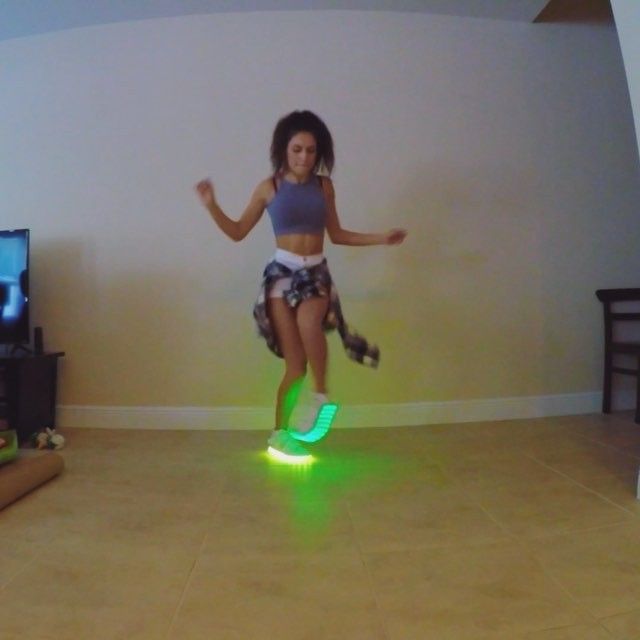
7. Have good posture
To spin well, you need to engage your core. You need to stay relaxed and not tense up your shoulders, pull your tummy in and tuck your bottom under.
Then keep your arms in a suitable position. The easiest position for a free spin is to bring your arms towards each other in front of you, at chest level, in an oval shape. Bringing one arm to join the first helps with impetous in a spin, but also keeps posture and position right. Oh and flailing arms isn’t a good look.
This clip shows a comfortable arm position and the posture needed (salsa – they do a lot more spin technique than modern jive! but you can still get tips on arm, body and foot position)
8.
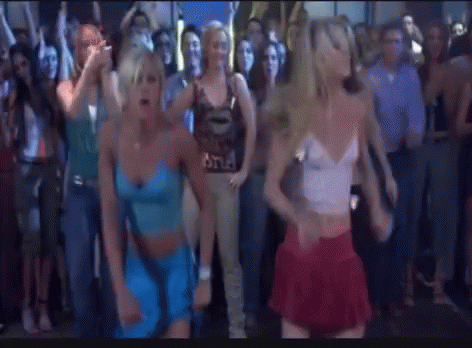 Don’t look down
Don’t look downIf you look down your weight balance will move and you’ll be more likely to fall. Look straight ahead for a steadier turn (or spot if you use that technique).
9. Don’t rush
So many people panic when they have to spin and try and go whooshing off really fast. But if you’re spinning or turning to music, you want to fill the beats you’re spinning on. If it’s a slow track, you’ll have longer to do one rotation. There’s no point whizzing round to find there’s still half the beat left to go.
10. Practice
It’s all about practice. Start with a single spin, and work up to multiple spins if you want. If you can do free spins yourself, it’s easier to then be led into aided multiple spins or turns. This clip shows the use of a clock method (admittedly for salsa spins with the prep, but the idea is the same for modern jive).
Tips for leaders
Most spinning is done by the follower, but these all apply to leaders as well.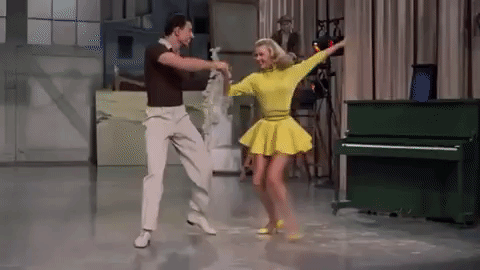 Plus if you’re prepping your partner for a spin, there’s things to be aware of.
Plus if you’re prepping your partner for a spin, there’s things to be aware of.
Don’t ever force the follower into a spin. You can prep for one (either raising the arm or prepping the follow for a free spin), but only they can do the spin.
Ensure your prep is accurate. If it’s a free spin, don’t prep the spin too far out from the follower’s centre, otherwise they will be off balance and the spin won’t work. If it’s an aided spin, raising your hand and the follower’s, to just above and in front of the follower’s head. Not really high above their head otherwise they’ll struggle to keep connection. And not below the top of their head otherwise they’ll have to duck which is a totally different move.
Own your spin
[bctt tweet=”The person spinning should always be the one in control of the spin ” username=”whatabout_dance”]
A final point to remember is that you don’t have to do multiple spins. Yes sometimes it’s nice to throw some in if the situation is right and the music calls for it.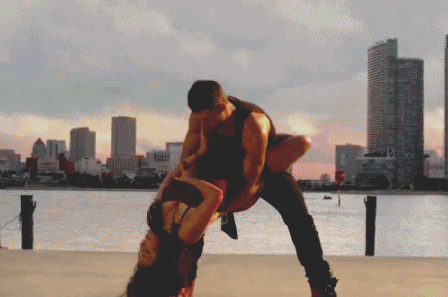 For example, I can do a double or triple (when I’ve been practising for a while), but I rarely do more than a single in freestyle. Because I’d rather have an immaculate single spin than try a multiple spin when the lead or prep doesn’t feel right, or the floor isn’t smooth enough. I’ve never had a leader moan that I’ve refused to do a double when he’s led that. I’ve usually had people compliment me on my spins.
For example, I can do a double or triple (when I’ve been practising for a while), but I rarely do more than a single in freestyle. Because I’d rather have an immaculate single spin than try a multiple spin when the lead or prep doesn’t feel right, or the floor isn’t smooth enough. I’ve never had a leader moan that I’ve refused to do a double when he’s led that. I’ve usually had people compliment me on my spins.
How do you get on with spinning? How were you taught?
Like this:
Like Loading...
Spinning Tips
Spinning TipsOne of the key areas of dancing which people fall down on (often literally) is their turning and spinning. Spinning is actually easy as long as you obey some simple rules and practice on a regular basis even on your own, if you have some spare minutes each day.
The Correct FootHow many times have you heard people say they can't do a spin or a turn because they are wrong footed. The rule for which foot you should be on is easy - ALWAYS STEP ONTO THE FOOT OF THE DIRECTION OF THE TURN. Which means if you are turning in a clockwise direction then your weight should be on the right foot and if you are turning in an anti-clockwise direction then the weight should be on your left foot. This is actually quite natural (there will be times though when you may need to break this rule).
Which means if you are turning in a clockwise direction then your weight should be on the right foot and if you are turning in an anti-clockwise direction then the weight should be on your left foot. This is actually quite natural (there will be times though when you may need to break this rule).
The weight must always be on the ball of the foot and you should feel the floor pressing back up towards you. Never let your body rise up as you spin (only ballet dancers go up on point), keep straight and tall but keep your upper body level.
Centre of BalanceOne of the reasons a coin spins so naturally is that the centre of balance and the centre of mass remain fixed as long as the coin stays in an upright position. Keep tension in your arms and mirror your positions on each side. If one arm is extended and the other in close then your centre of balance is to one side and you will go off balance. Never place a hand behind the back, (unless it is a lead spin, then it has no impact) not only can you not control your rotary momentum, but if you are the follow you may not be able to pick up a lead that is being offered - you are literally dancing with a hand tied behind your back.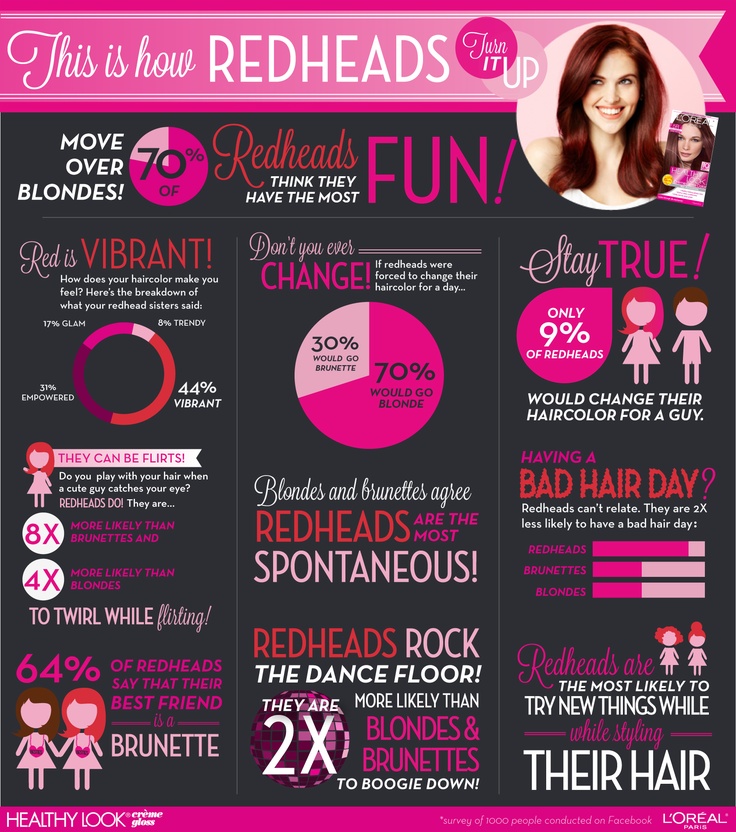
One of the reasons that people become dizzy and disorientated when spinning and turning is that their brain loses the connection between what is happening to their body and the fixed outside world. If we look down or up when spinning we are reducing our field of vision and our brain tells us that the world is spinning and not us. As this defies the laws of nature the brain's response is to create dizziness, nausea, and in extreme circumstances, a complete shut down i.e. we can even black out. If you keep your head up and focus on a fixed point in the room, your partner is always a good idea, then there is less chance of this happening. If you are practising then alternate the direction and this will help overcome dizziness.
All in the HipsTake a coin and holding it by its edges at the top try to spin it. You will find that the coin won't spin it will simply fall down flat. Now take the coin again holding it again by the edges but this time half way up - behold a perfect spin.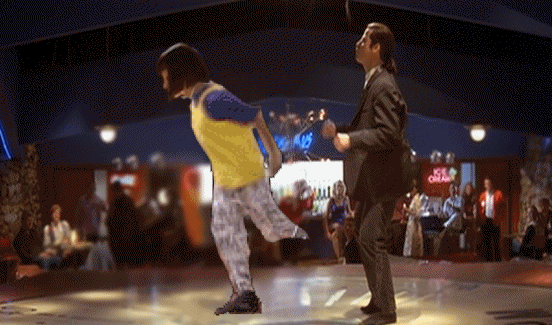 Many people attempt to spin by leading from the shoulders, twisting themselves to achieve momentum - unfortunately like the coin being spun from the top you will achieve very little. You can use your arms and shoulders to give your momentum* but lead the spin with your hips. If you are turning clockwise and are forward on the right foot, then bring your left hip forward holding back with the shoulders. You should spin perfectly!
Many people attempt to spin by leading from the shoulders, twisting themselves to achieve momentum - unfortunately like the coin being spun from the top you will achieve very little. You can use your arms and shoulders to give your momentum* but lead the spin with your hips. If you are turning clockwise and are forward on the right foot, then bring your left hip forward holding back with the shoulders. You should spin perfectly!
*you should only need to do this if you are dancing alone, when you are being guided into a spin by your partner, you should have enough momentum from the 'spring/tension' between you to start the spin.
Low EnergyWith spinning less is definitely more. Don't try too hard, keep the energy low and aim for smooth acceleration rather than throwing yourself into it.
The Friction FactorWhenever you spin there is always the friction of the floor acting against you - ice skaters have low friction from the ice and therefore can achieve many more spins than dancers.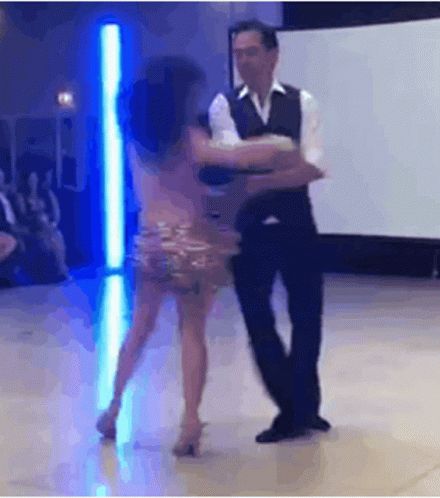 Wear a smooth soled shoe (trainers just won't work) and again stay on the balls of the feet as there is less contact with the floor to hold you back. If you are wearing shoes that grip or are dancing on a sticky floor then simply step round when you spin - it's a lot easier.
Wear a smooth soled shoe (trainers just won't work) and again stay on the balls of the feet as there is less contact with the floor to hold you back. If you are wearing shoes that grip or are dancing on a sticky floor then simply step round when you spin - it's a lot easier.
Spotting helps to reduce dizziness. Either focus on your partner or a point at head level in the room. Spotting on a partner implies that the stationary or unspinning partner should not move around too much otherwise the spinner loses orientation - i.e. keep still. To practise what the head should be doing, focus on one point, then start to walk your feet around slowly, when you reach the point at which you are about to lose eye contact on your spotting target, whip you head around to the other side and then walk the feet back around to the starting point.
Tip- Starting off with a half spin (180 degrees) is a great way to build up confidence and prepare for a full spin.
How dancing helps get rid of dizziness and become smarter
November 15, 2013 Advice
Many men do not take dancing seriously and consider it an activity exclusively for girls, and even then not for everyone. Especially often from our men you can hear: "Men don't dance!". And rightly so, the occupation is not serious!
Especially often from our men you can hear: "Men don't dance!". And rightly so, the occupation is not serious!
musatovvadim
But in fact, dance is not only exercise for your body. It is also a kind of brain trainer! We have already published articles that playing sports, and running in particular, spur a person's cognitive abilities. Now it's time for the dancing. nine0003
Dancing improves brain function at various levels. Two recent studies have shown how different types of dance enable dancers to achieve peak performance by blending cerebral and cognitive processes with muscle memory and proprioception.
Proprioception, proprioception (from Latin proprius - "own, special" and receptor - "accepting"; from Latin capio, cepi - "accept, perceive"), deep sensitivity - a sense of the position of parts of one's own body relative to each other. nine0003
Through aerobic exercise at least twice a week, which combines different types of dance, everyone can maximize their brain function.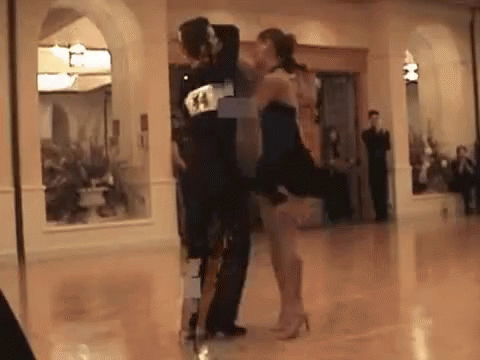 Of course, we are not talking about the convulsive impulses of the body, which many people try to pass off as a dance, but about a dance in which not only the body, but also the brain is included in the work.
Of course, we are not talking about the convulsive impulses of the body, which many people try to pass off as a dance, but about a dance in which not only the body, but also the brain is included in the work.
Professional dancers never get dizzy. Why?
If you are prone to dizziness, then you need to learn how to dance! A new study has found that dancing can help manage dizziness and improve balance. In September 2013, researchers at Imperial College London reported that choreographers have a slightly different brain structure than non-dancers. And it is these specific differences that help them avoid dizziness during pirouettes. nine0003
Movement Visualization Helps Improve Muscle Memory
Another study, published in an article on psychologicalscience.org, showed that dancers are able to break down a dance into parts in their minds and mentally go through each movement, leaving “markers” of sorts.
Findings published in Psychological Science suggest that this labeling may alleviate the conflict between the cognitive and physical aspects of dance.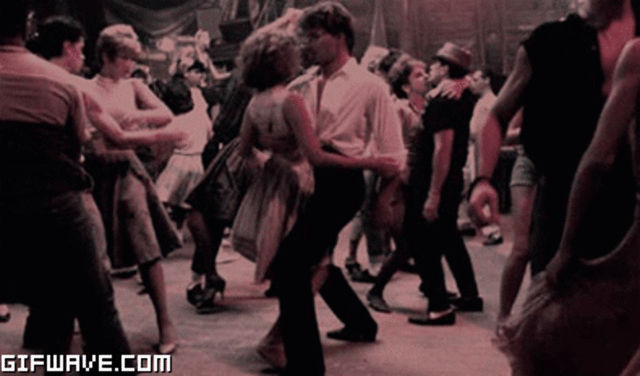 This is what allows the dancers to memorize the movements and perform them smoothly. They seem to be in a flow. nine0003
This is what allows the dancers to memorize the movements and perform them smoothly. They seem to be in a flow. nine0003
And at this time, their brain is working to its fullest, thinking through each step and connecting it with the next as smoothly as possible. So that from the outside it looks like one single, smooth movement, and not a set of separate intermittent ones.
How can this be applied?
How can the above research be applied to the everyday life of the common man, rather than the professional dancer?
If you learn to control the part of the brain responsible for this, you can help many people who suffer from dizziness that is not related to other problems in the body. Scientists are just working on this problem. nine0003
Dr. Barry Simangle of the Imperial College Medical Department has worked with many patients for whom dizziness has become a real problem. Ballet dancers are able to train their brains so that they stop feeling dizzy. So doctors wondered if they could use the same principles to help their patients.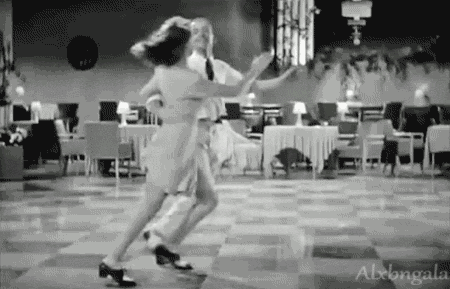
Visualization and synchronization are quite applicable, for example, in the study of foreign languages. As in the case of dancing, the brain needs to perform two actions at the same time - to translate a word from one language to another. And not just translate, but put them into sentences. In addition, if the languages differ significantly from each other, you have to work twice as hard. nine0003
It turns out that in order to benefit from dancing, it is not at all necessary to become a professional dancer. Dancing for the soul just a couple of times a week is a great way to improve the functioning of the cerebellum, keep the body in good shape, remove the unpleasant feeling of dizziness from your life (one in four people get dizzy at least occasionally) and facilitate the process of learning, for example, foreign languages. . I am generally silent about the fact that dancing is an excellent socializing factor.
How do you feel about dancing?
How to learn how to waltz
Waltz! And now light vapors are already spinning, spinning, swiftly and smoothly sweeping one after another. Start learning to dance, and become more slender, dexterous, fit. You will not touch the corners and jambs ... But does this happen to you sometimes? Confess! Your step will become light, springy, you will straighten your shoulders, learn to keep your head straight.
Start learning to dance, and become more slender, dexterous, fit. You will not touch the corners and jambs ... But does this happen to you sometimes? Confess! Your step will become light, springy, you will straighten your shoulders, learn to keep your head straight.
Be sure to learn to dance, and we will help you. nine0003
WALTZ
To learn how to waltz, it is enough to know two movements: the right turn and the "path". The "track" is quite easy to learn, so the most important thing is the turn. We will start with him. A full turn of the waltz (360 degrees) consists of two parts and is performed for two measures. The musical size of the waltz (one measure) is 3/4. This means that the waltz rhythm is a continuous repetition of counting: one, two, three; one, two, three... Before starting to learn to dance in pairs, everyone must learn the waltz turn on their own. nine0003
FIRST HALF TURN
(Count: "one, two, three")
Become a face along the movement, or, as they say, along the line of dance.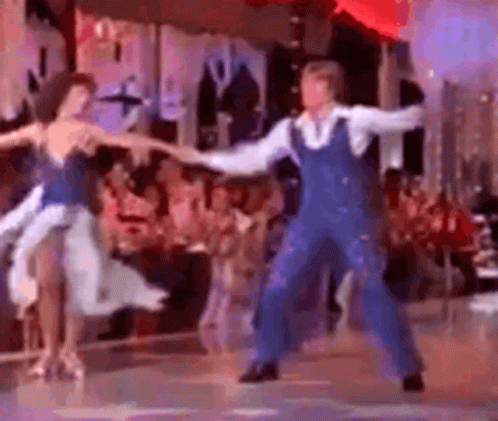 Put your feet in the third position, that is, the heel of the right foot is attached to the middle of the foot of the left and the socks are turned to the sides, as shown in the figure. This extended position of the legs is called eversion. In the waltz, the legs must be in an eversion position at all times.
Put your feet in the third position, that is, the heel of the right foot is attached to the middle of the foot of the left and the socks are turned to the sides, as shown in the figure. This extended position of the legs is called eversion. In the waltz, the legs must be in an eversion position at all times.
So let's get started. Take a step forward with your right foot, starting to turn to the right (count: "one" - the first quarter), then step with your left foot, turn to the right even more, and now you are standing with your back along the dance line (count: "two" - the second quarter), pull the right leg to the left in the third position (count: "three" - the third quarter). This is the diagram of the first half of the turn. nine0047 Do it several times in a row, turning exactly 180 degrees each time. In order for this scheme to turn into a half-turn of the waltz, rise to the half-toes on the second step and lower at the end of the third step from the half-toes to the soles of both feet, ending the movement with a smooth, slightly noticeable squat.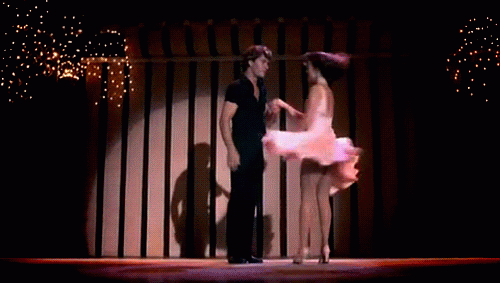 All steps should be light and gliding.
All steps should be light and gliding.
SECOND HALF TURN
(Count: "one, two, three")
You stand with your back in the line of dance. Legs in third position. Take a step with your left foot to the side (count: "one" - the first quarter), body weight on the left foot, there is no turn yet. Bring the right foot with the inside of the toe behind the heel of the left, that is, inverted (count: "two" - the second quarter), slowly turn on the half-toes of both legs to the right, so as to be facing the line of dance (count: "three" - the third quarter ). Check that the rotation should be swarmed 180 degrees. What we have now learned is the scheme of the second half of the turn. nine0047 Do this pattern again, but with the following conditions: the first step should go diagonally back and to the side (more to the side than back). At the same time, make sure that the left leg maintains an eversion position. On the second step, bringing the right foot with the toe behind the heel of the left, put it close (but not close, otherwise you will not be able to turn), so that the turn without additional prefixes ends in the third position.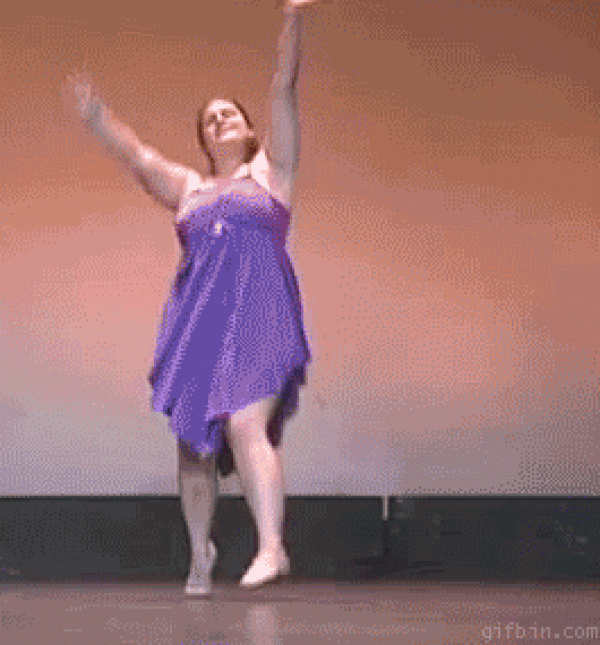
In the final form, the turn is performed as follows: after the "skid" it is necessary to turn very smoothly, without any effort of the body, on half-fingers. Body weight is greater on the left leg. On the count of "three", as in the first half of the turn, you should lower yourself from the half-toes and slightly noticeably, gently sit down. nine0003
HOW TO MAKE A FULL TURN!
Face in line of dance with feet in third position. Make the first half of the turn (1st measure - count: "one, two, three"). You ended up with your back in the line of dance. Continue turning to the right, doing the second half of the turn you just learned. So you have returned to the starting position (2nd measure - count: "one, two, three"). Now you can start all over again: the first half, the second, the first again, etc. Practice well. First, about thirty times, turn very slowly, counting, then faster, even faster. nine0003
IT IS EASY TO TURN BY ONE, IT IS HARDER TO TURN IN A PAIR
And this is true at first. Because mistakes, insecurities of one are transferred to another, and you go astray.
Because mistakes, insecurities of one are transferred to another, and you go astray.
Pair up for a waltz. The girl should face in the line of dance, the boy - with his back. This means that the girl will start the waltz from the right foot forward (from the first half of the turn), the boy starts from the left foot to the side (from the second half of the turn). Then the girl dances the second half of the turn, the boy the first, and so on. All the time at the same time they perform different halves of the turn. nine0047 Do not immediately try to spin at a fast pace.
Pay particular attention to whether you put your foot in the first step of the second half of the turn and whether the first step from the right foot has shortened in the first half.
Remember that, circling in a waltz, you must always move forward along the line of dance. And for this, for each beat, you must turn exactly 180 degrees. The division of the waltz turn into two halves is purely arbitrary and should not affect the smooth and continuous character of the dance. nine0003
nine0003
WE GO TO THE "TRACK" OF THE WALTZ, AND THIS MEANS THAT THE MOST DIFFICULT IS ALREADY BEHIND
You can't dance the waltz, just spinning in one direction. This is both tiring and makes the dance monotonous.
This is where the "track" is needed.
Stand one at a time, facing along the line of dance and march to the music of the waltz, taking one step for each count (each quarter). This is unusual, but not difficult if you carefully listen to the music.
Walk again, but now on half toes. The knees are tucked up, but not tense. The steps are small. nine0047 Now, every third count, try to gently lower yourself from the half-toes of the forward leg to the entire foot. At the moment when you lower yourself from the toes, the other leg is simultaneously brought forward.
"Track" is played easily and smoothly. One "track" of the waltz takes three counts ("one, two, three" - one beat). Be careful not to take a big step on the first count. All steps of the "track" are the same size.
